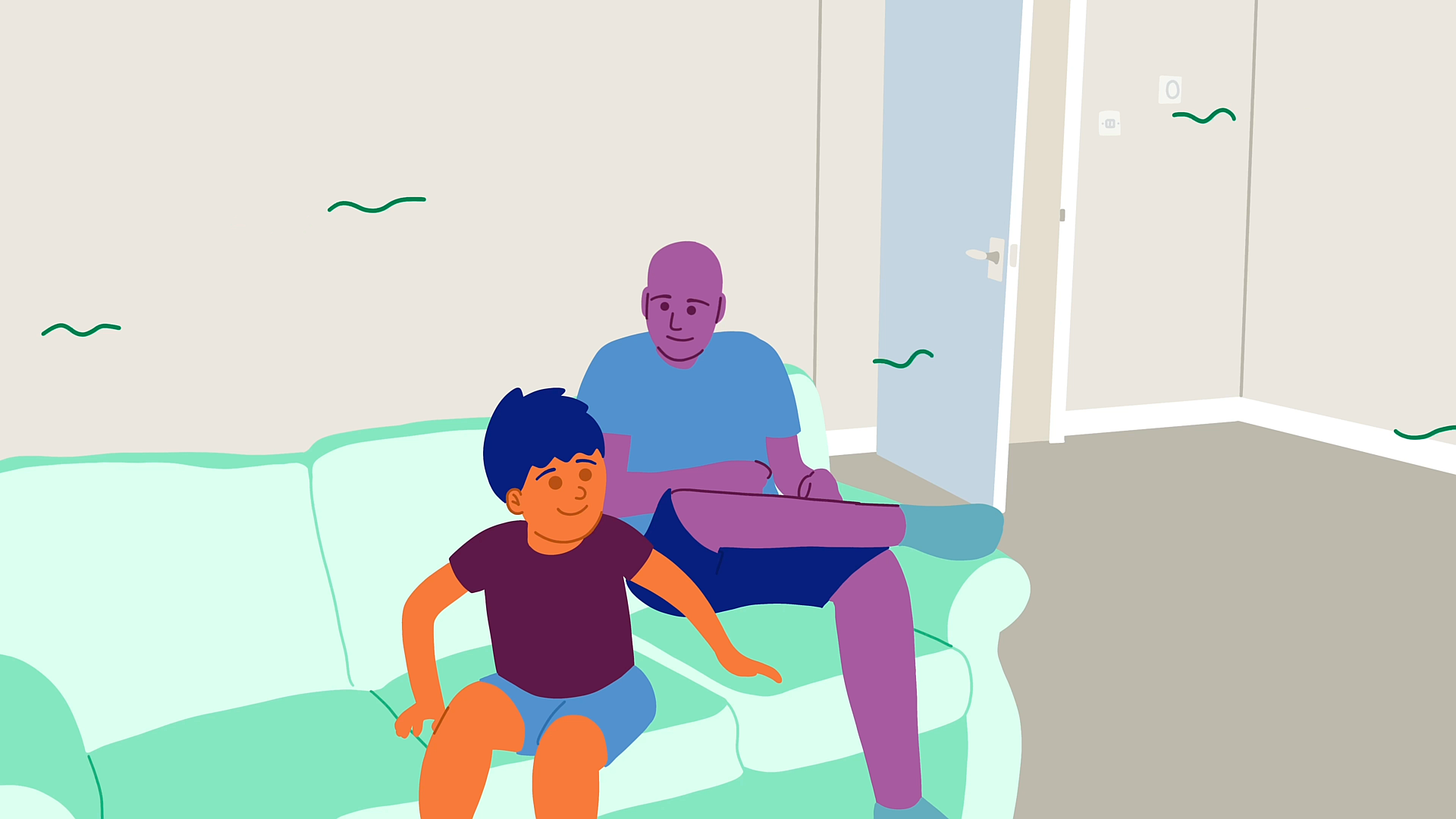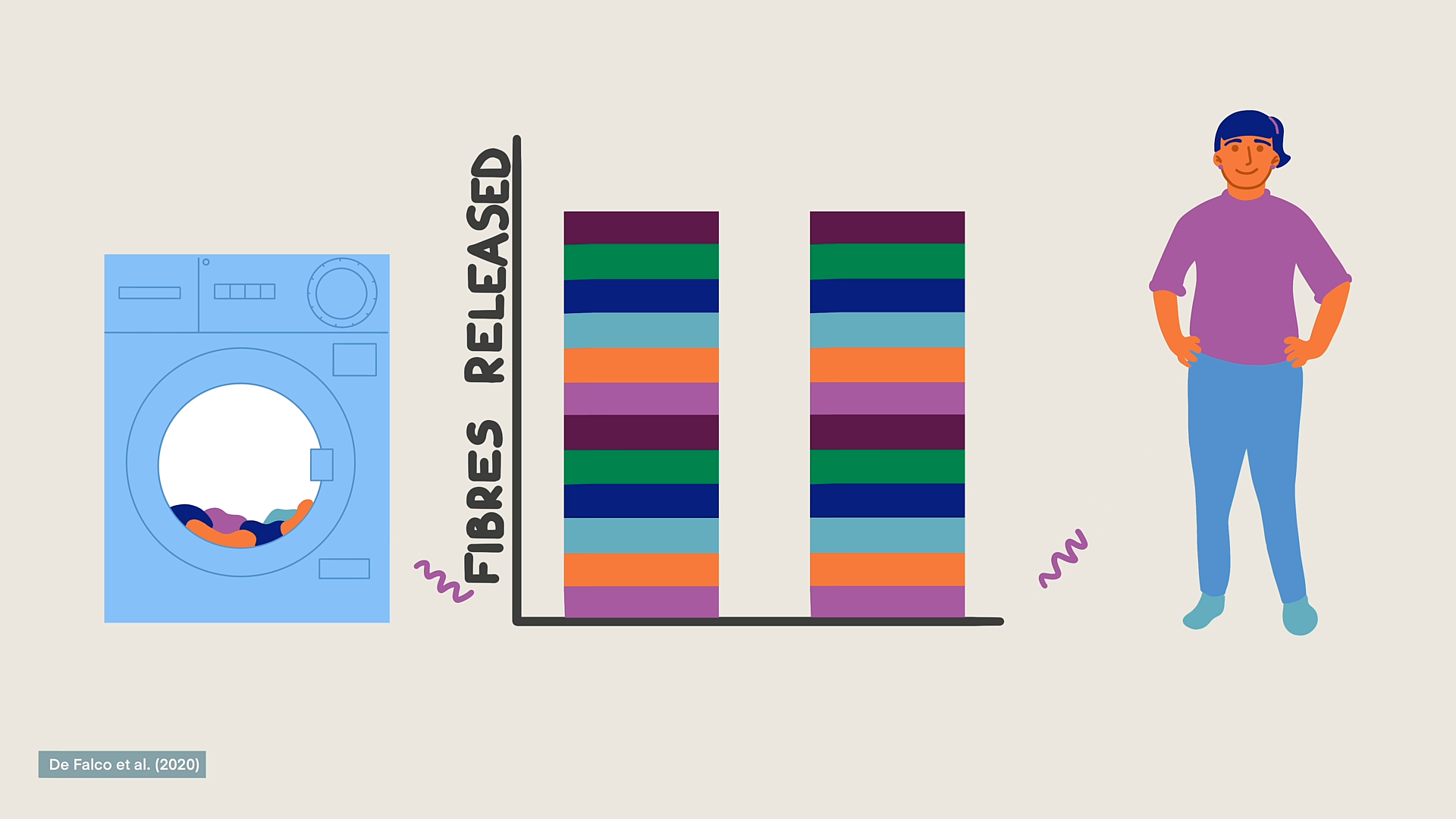All About Microplastics

Plastics in clothes
About two thirds of the clothes we wear contain plastic, most commonly polyester, nylon or acrylic. These materials are cheap and extremely versatile. Plastics can help make fabrics stretchy and more breathable as well as making them long-lasting and durable. Other textiles also contain plastics – sofas, curtains and carpets often have plastics added to make them more hard wearing.
Microplastics in the home
When we use the textiles in our home, friction causes tiny fibres to break off an be released into the air. These small fragments are called microplastics. There have been very few studies about the amount of microplastics in the home, but what research has been done shows that every home sampled so far contains some airborne microplastics.
In a study in the north of England Jenner et al (2021) sampled 20 homes and found some microplastics in 90% of the samples. Most of the microplastics they samples were fibres (so likely from textiles) and indoor concentrations were higher than outdoor concentrations.
Fibre release from wearing clothes
In a separate study, de Falco et al (2020) used a special ultra-clean laboratory to measure the release of fibres that arises from wearing clothes. They found that the number of fragments released from wearing polyester clothing was similar to the number of fragments released by washing them in a washing machine.

What can be done?
Textiles can be re-designed to produce fewer fibres, which would reduce the amount of airborne microplastics in the home.
Some researchers are working to reduce the amount of microplastic release from clothes washing, but there are no manufacturing standards to encourage textile producers to reduce mircoplastic loss to the air.
We hope that through this study we can work with participants, researchers and the textile industry to work together to reduce microplastic release from textiles.
